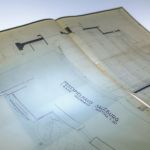
1 – 31 August
The extended Festival Hall by Clemens Holzmeister had already aroused Goebbel’s displeasure in 1938.
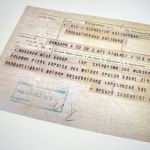
23 July – 31 August
In February and March 1938, things happened thick and fast. Just a few days after the meeting between Federal Chancellor Schuschnigg and Adolf Hitler and the signing of the Berchtesgaden Agreement, which assured the Nazis far-reaching political influence in Austria, Arturo Toscanini cancelled his appearances at the Salzburg Festival.
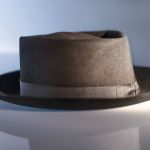
24 July – 31 August
Arturo Toscanini already called for the building of a new festival theatre in 1936, while those in charge of the Salzburg Festival supported another reconstruction of the existing Festival Hall by Clemens Holzmeister.
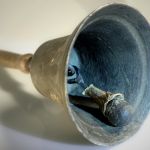
25 July – 31 August
With Arturo Toscanini – besides Max Reinhardt – a second star stepped onto the Festival stage and threatened to replace the Festival founder in the top rank of international and local attention.
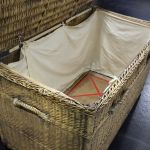
27 July – 1 September
Besides Bruno Walter, now Arturo Toscanini was dominating the musical repertoire of the Salzburg Festival.

29 July – 2 September
While Nazi acts of terrorism were already causing Austria to hold its breath and propaganda actions disrupted the opening of the Festival in 1933, the diary notes of Festival President Baron Puthon document the more dramatic developments of the year 1934.
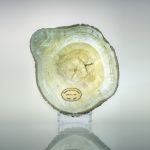
28 July – 31 August
Hitler’s seizure of power in Germany reverberated not only with political but also economic consequences: the 1,000-mark limit imposed on Austria by the German Government led to a huge slump in the number of visitors from Germany.
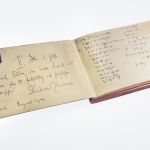
30 July – 31 August
The programme in 1932 clearly documents the growing dominance of music theatre over straight drama. The Festival had sensational success with Carl Maria von Weber’s Oberon under Bruno Walter and Richard Strauss’s Die Frau ohne Schatten. After an absence of several years, Strauss conducted once again in Salzburg in 1932.
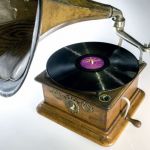
25 July – 31 August
For the first time, in 1931, a Salzburg Festival performance was broadcast overseas via long-distance cable. Listeners to no fewer than 83 stations of the American Columbia Broadcasting Company and 133 European radio stations could enjoy Rossini’s Il barbiere di Siviglia – a ‘guest performance’ of La Scala Milan – in a broadcast from the Festival Hall.
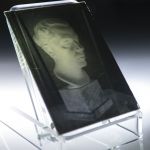
1 – 31 August
The Salzburg Festival celebrated its tenth anniversary in 1930 with numerous events. Apart from his commitment for the Festival, Governor Franz Rehrl also backed Max Reinhardt without reservation; Reinhardt was exposed to more and more anti-Semitic hostility and stayed for longer periods in America.
24 July – 31 August
Arturo Toscanini already called for the building of a new festival theatre in 1936, while those in charge of the Salzburg Festival supported another reconstruction of the existing Festival Hall by Clemens Holzmeister.
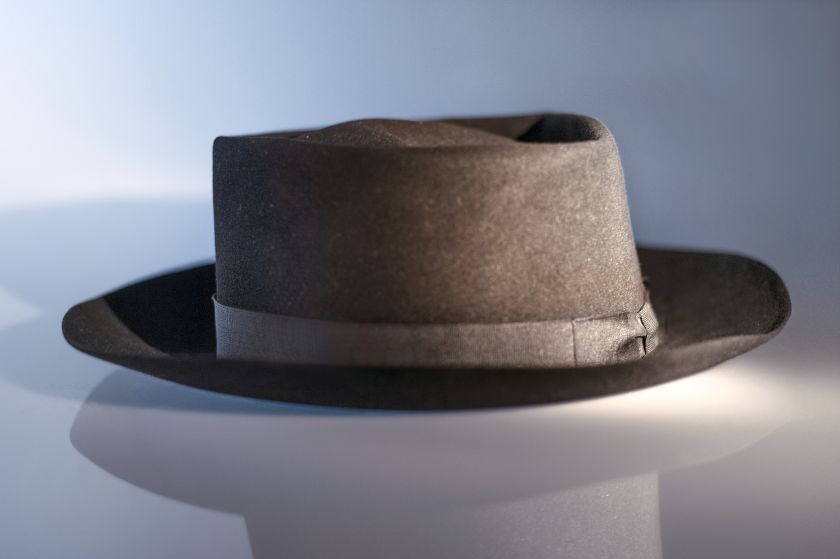
After many discussions about Holzmeister’s planned reconstructions, Governor Rehrl proposed razing the building where he was born, near the Mönchsberg steps, in order to gain more space for building. Toscanini agreed with Rehrl’s project, Holzmeister was commissioned for the reconstruction. The extension of the Festival Hall began in April 1937; its main renewal involved turning the stage and auditorium by 180 degrees. The fly tower was now on the side looking towards St Peter’s Abbey, the auditorium enlarged to fit 1,700 seats and aligned to the direction of the Faistauer foyer.
The reconstruction was only finished in the era of the Nazi dictatorship. At this time Clemens Holzmeister, forced to retire after the ‘Anschluss’ (annexation to the German Reich), had to take his hat and leave, like many other of his fellow artists.
